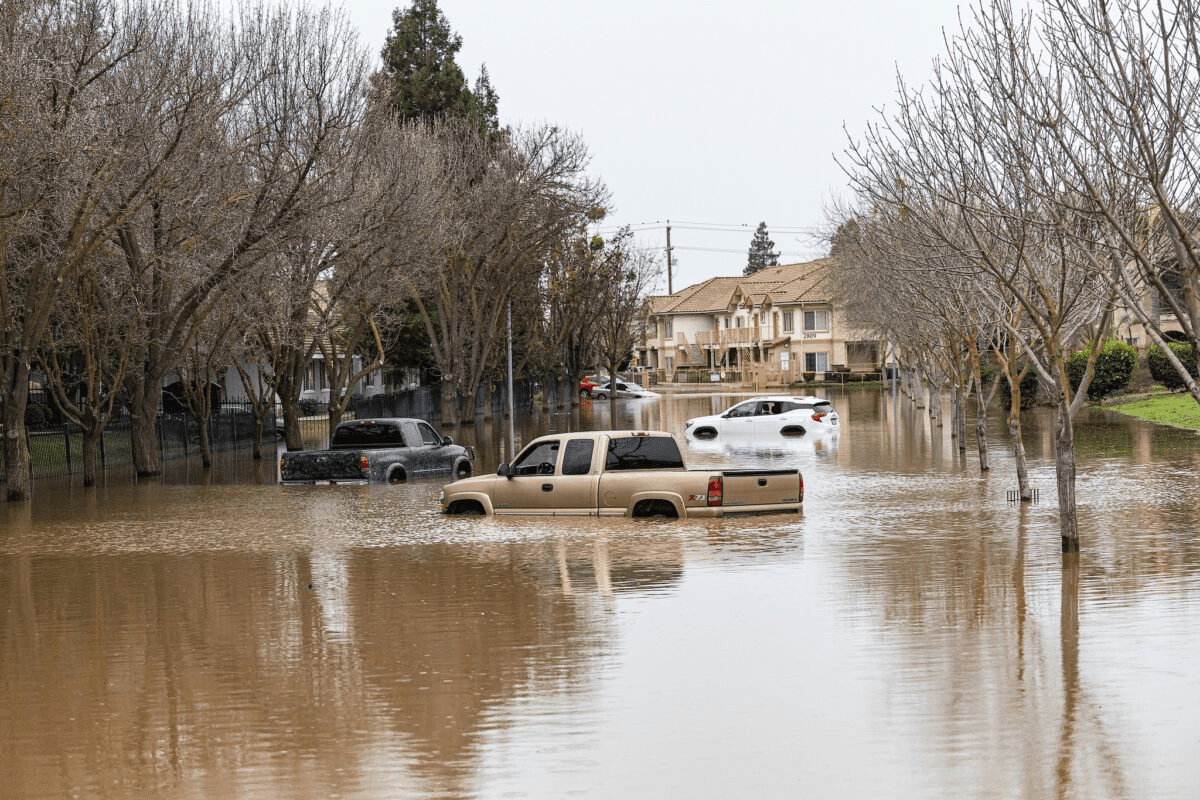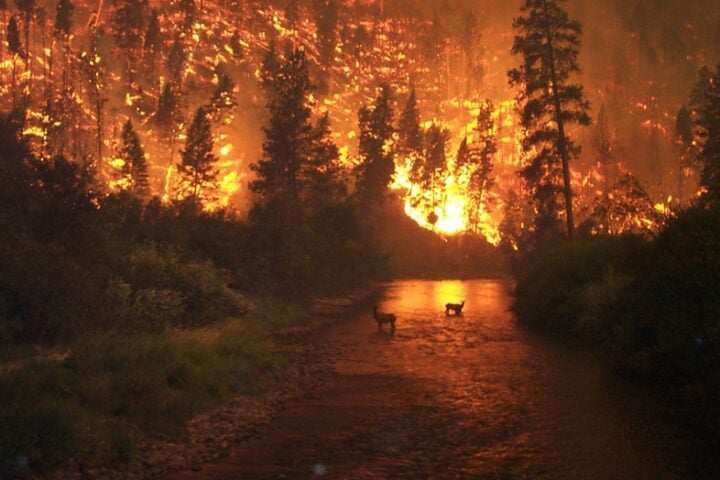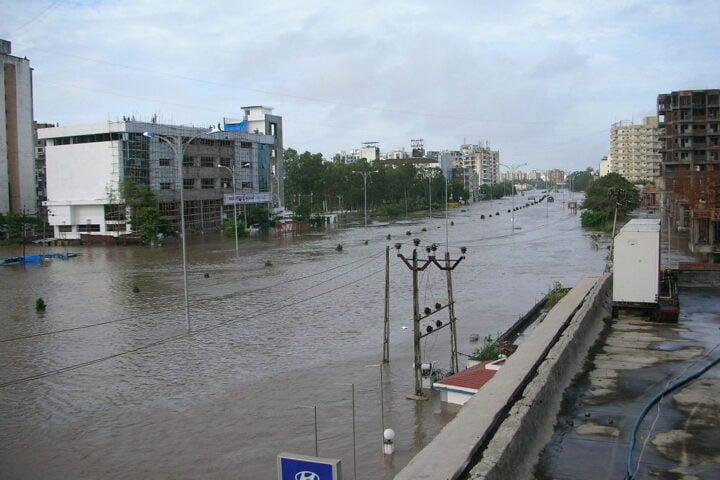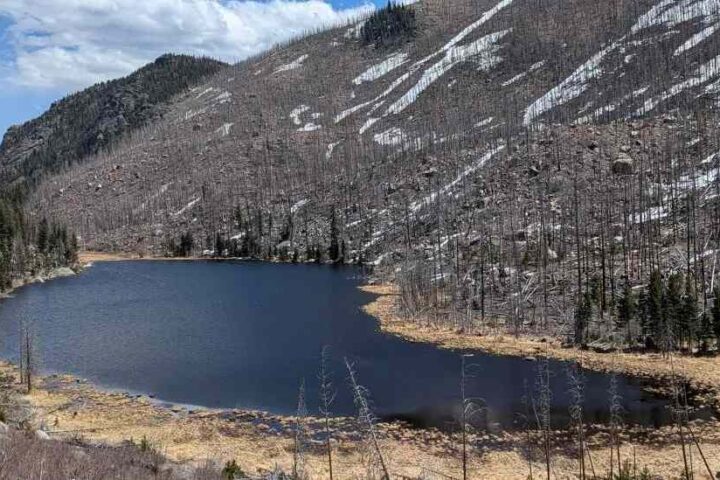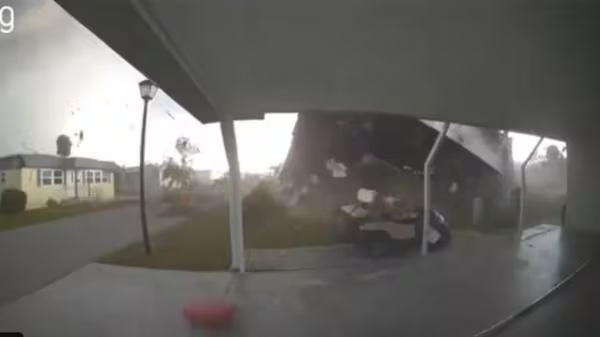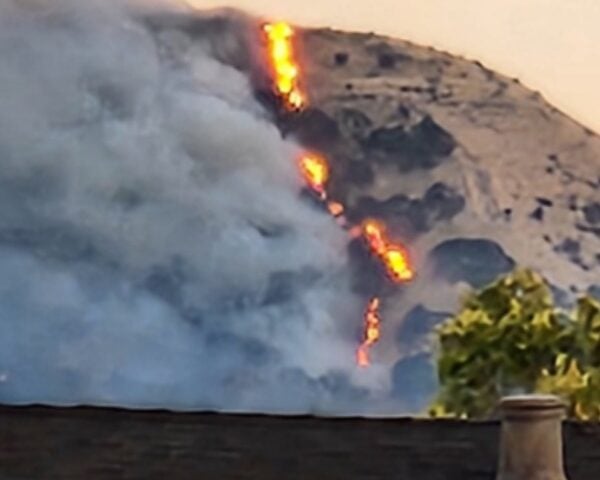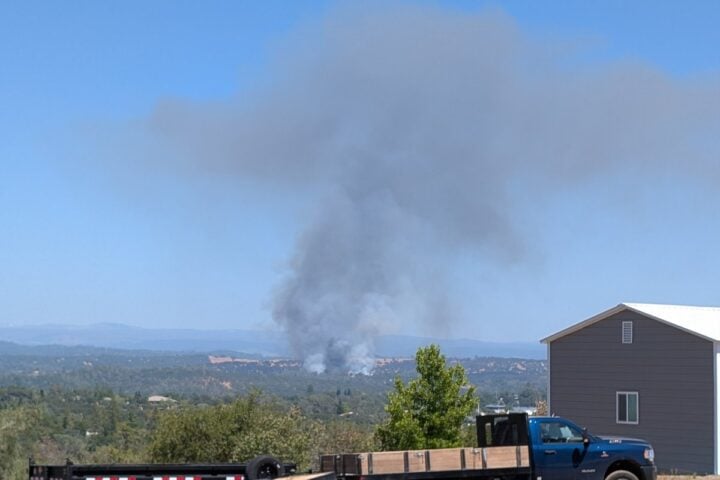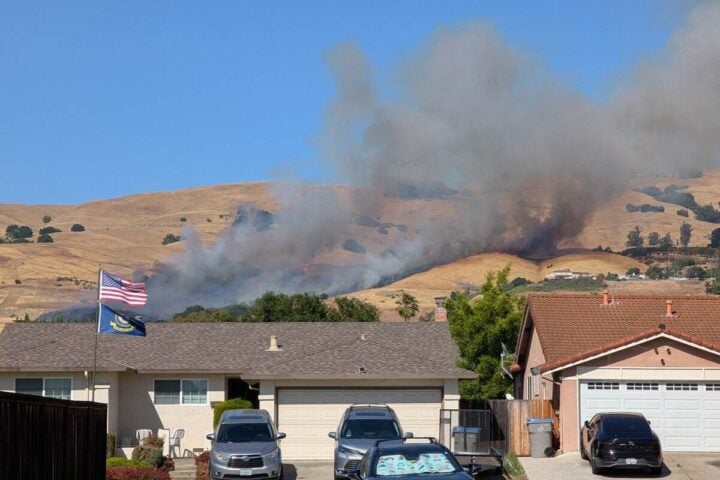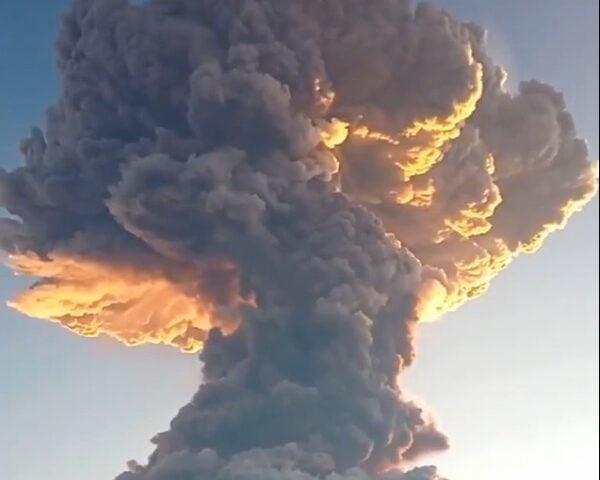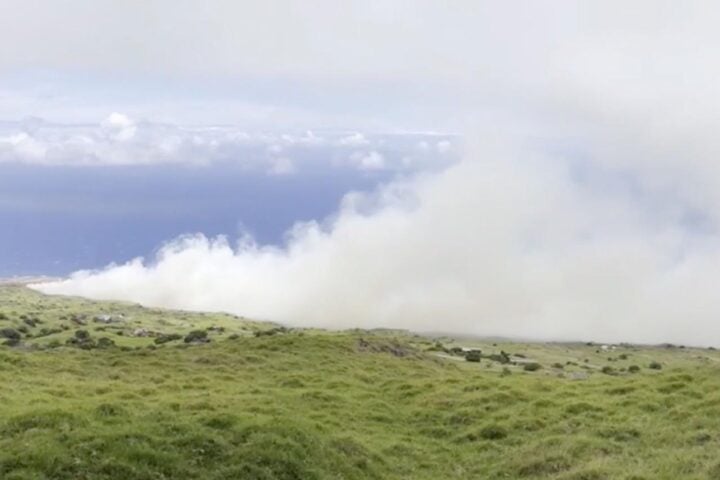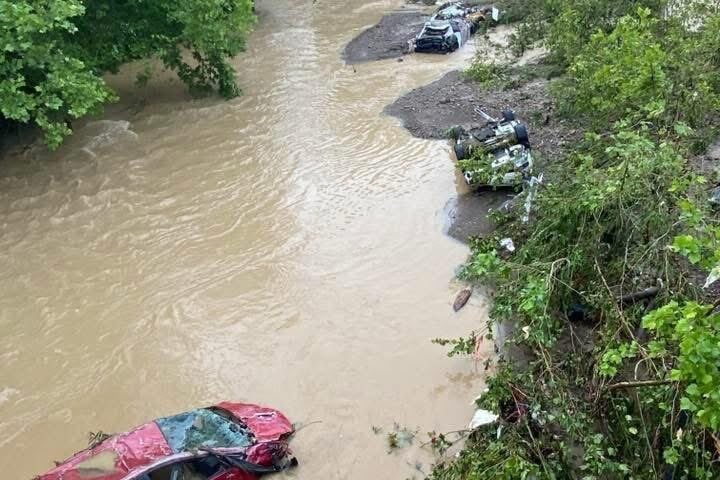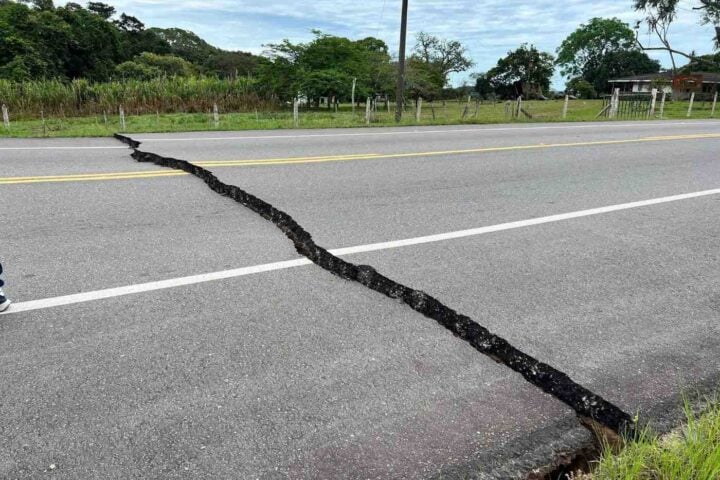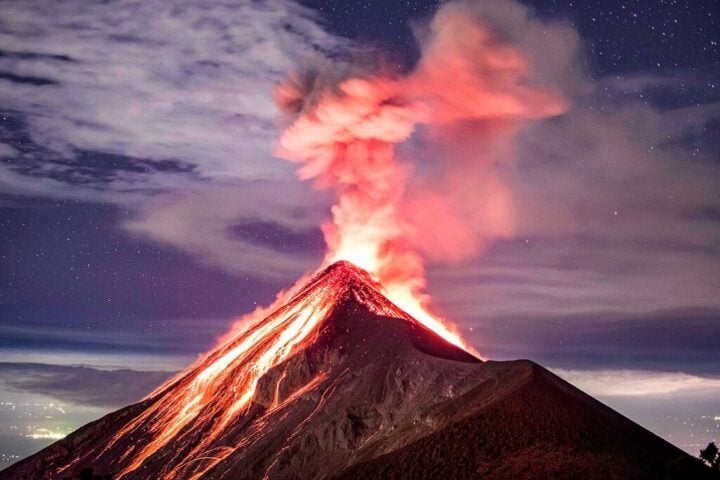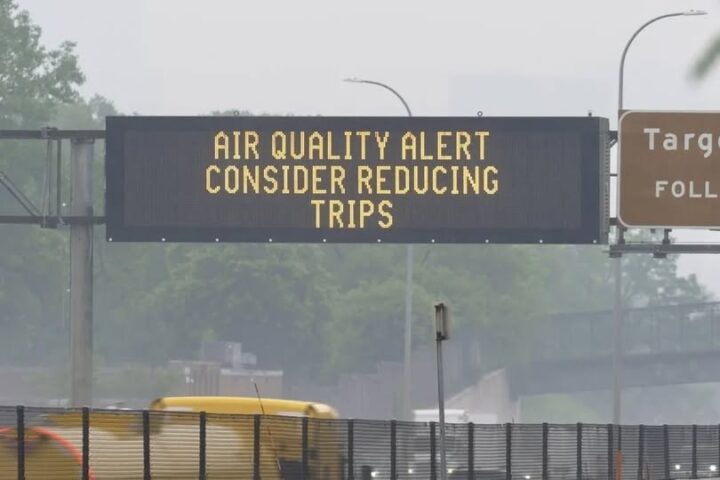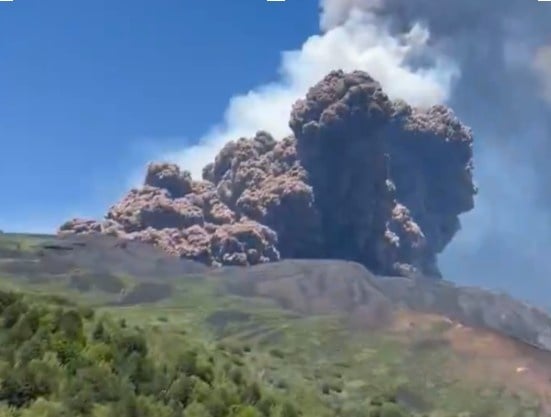In recent weeks, California has experienced a barrage of severe storms, highlighting the urgency to educate residents on the crucial resources available during such weather emergencies. Diana Crofts-Pelayo, the Assistant Director of Crisis Communications and Public Affairs at CalOES, proclaimed these storms as among the deadliest natural disasters in the state’s modern history. Vance Taylor, Chief of OES’ Access and Functional Needs, concurred, noting the succession of storms as “a pretty rough patch.” The need for awareness and preparation in the face of unexpected extreme weather events has never been more imperative.
According to Crofts-Pelayo, the impacts of climate change are becoming increasingly noticeable, with temperatures reaching new heights and precipitation levels skyrocketing. She attributed this to a unique mixture of previously unseen weather-related natural events and emergencies, all brought on by the changing climate. The state of California, with its diverse communities and geography, is already feeling the effects of climate change through the increasing frequency of atmospheric rivers in winter storms and the intensifying wildfire seasons. Crofts-Pelayo, along with other experts from CalOES and LISTON, recently briefed journalists on the state’s efforts to coordinate emergency responses to these severe weather events.
The recent storms left a trail of destruction, with homes, businesses, and communities facing devastating consequences such as flooding, mudslides, levee breaches, and even a tornado. The devastating impact of the storms has led to 20 reported deaths, as per Crofts-Pelayo. The human toll was felt most acutely among the most vulnerable populations, including older adults, individuals with disabilities, those who are economically or transportation disadvantaged, and those with access or functional needs, as explained by Taylor. These events highlight the disproportionate effects of natural disasters on the most vulnerable communities.
The Way Ahead
The state of California is making a commitment to ensuring that its emergency management systems, programs, and services are rolled out in an equitable and accessible manner. During the recent severe storms, the hardest-hit areas experienced significant damage, with 20 reported deaths. The disasters disproportionately affected older adults, people with disabilities, those who are economically disadvantaged, and those with transportation difficulties.
To help those affected recover, federal assistance through FEMA will be available as grant money and as assistance in replacing essential items. Low-interest SBA loans and other mechanisms will also be available to help individuals get back on their feet. The state has engaged a network of community-based organizations, tribal governments, and emergency response teams to provide in-language information to hard-to-reach communities.
Disaster assistance can be applied for by visiting disasterassistance.gov. The state will work with FEMA to open registration centers and send disaster survivor assistance teams to shelters and approved areas to make sure everyone impacted is able to register for services. For vital safety net resources, individuals can contact the California Department of Social Services website for help. The state has set up congregate shelters and programs to supplement the needs of vulnerable communities.
Individuals are advised to check their insurance policies to understand what sort of damage is covered, as flood damage is not typically covered without separate flood insurance. For questions about insurance coverage and resources, individuals can contact the California Department of Insurance website.
Health & Safety
In the aftermath of a flood, avoiding contact with floodwater is of the utmost importance, according to Dr. Jason Wilkin, the Career Epidemiology Field Officer assigned to California’s Department of Public Health. Floodwater may contain harmful elements such as bacteria from toilet waste and hazardous chemicals like gasoline. It is also possible for murky and muddy floodwater to contain sharp objects that could cause injury, as well as pose dangers from downed power lines.
Dr. Wilkin stressed that consuming food or water contaminated by floodwater could lead to serious illnesses like diarrhea and skin infections. He recommended parents to keep their children away from playing in or with toys exposed to floodwater. To ensure safety, Dr. Wilkin advised washing hands with soap and water before eating, disinfecting items contaminated by floodwater, and wearing rubber gloves and boots for skin protection. He also suggested disinfecting the exterior of bottled water, food packages, and sealed metal containers before consumption, but to avoid using hazardous cleaning agents. To check the potability of water, Dr. Wilkin advised households to contact local water authorities, for mold remediation information, contact the local health department, and for health-related guidance, visit the CDC flood safety site or the California Department of Public Health.
Taylor emphasized the importance of making an evacuation plan and creating a support network of at least five people to help in an emergency. He encouraged people to sign up for free emergency alerts at Calalerts.org and to always follow the guidance of local authorities to evacuate or go to a shelter. Crofts-Pelayo added that having an emergency kit ready is crucial for families.
To ensure safety, security, and healthy outcomes during natural disasters, being prepared is vital, according to Crofts-Pelayo. Rapid changes in weather can occur suddenly, so staying alert and prepared is crucial to weathering the storm, he said. “Preparedness is an absolute must.”
